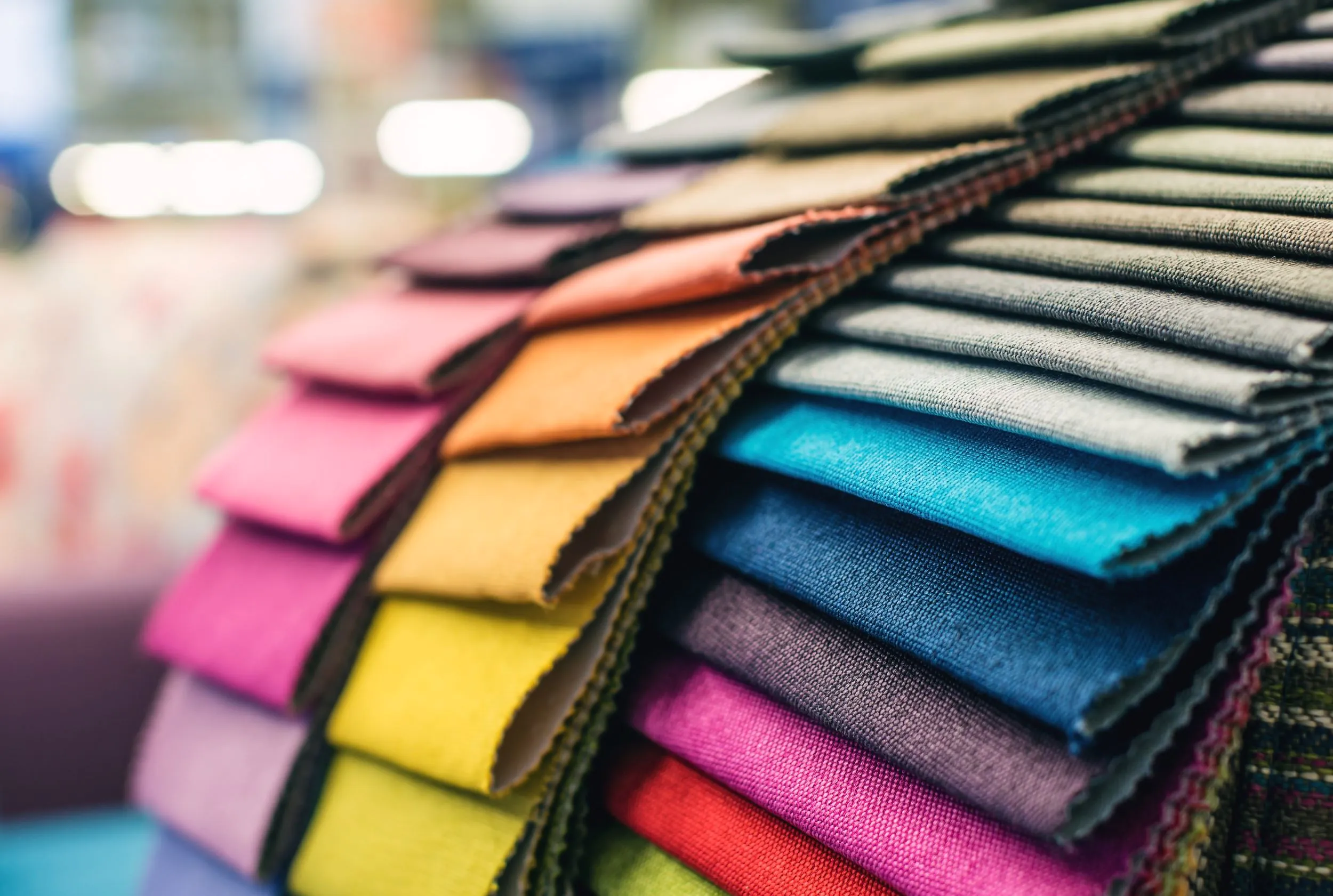Sustainability is a growing concern for companies across industries, including textile manufacturers. Consumers are becoming increasingly critical of where their clothes and other textiles come from, what they’re made of, and how they’re made. In addition, many governments and international organizations around the world are making sustainability a priority, introducing new targets, regulations, and incentives around environmentally friendly products and practices.
The market for sustainable fabrics is a large and quickly growing one, expected to rise by almost $70 billion over the next 7 years and surpass $1.4 trillion in value by 2030. Over three-quarters of consumers consider sustainability to be an important factor when making purchase decisions. Businesses in the textile manufacturing industry are therefore increasingly focusing on materials such as bamboo, hemp, cotton, and recycled fibers for their products. They’re also working to reduce waste and emissions in the manufacturing process, with some companies aiming for carbon-neutral or even carbon-negative operations. Tools like automation and digital printing are helping textile manufacturers increase efficiency, reduce waste, and lower costs, allowing them to improve the sustainability of their operations.
EU Sustainability Strategies
Early this year, the European Union passed the Corporate Sustainability Reporting Directive (CSRD) as a part of its broader sustainability initiatives for textiles and other industries. Under the CSRD, tens of thousands of companies will need to report on various environmental, social, and corporate governance (ESG) metrics according to defined standards and subject to external audits. Through these initiatives, the EU aims to address issues such as overproduction, pollution, and labor rights.
Proposed measures to improve the sustainability of the clothing industry include a tax on carbon emissions, eco-design requirements, and a framework for extended producer responsibility (EPR) that would require fabric and clothing manufacturers to more carefully manage the waste they create. These measures are designed to encourage reuse and repair of textile items as well as improve design, sourcing, and recycling practices.
These new EU policies could make an impact that reaches well beyond the European Union itself. Companies wishing to do business within the EU will need to comply with these policies regardless of where their headquarters or factories are located, and changes made to meet these new requirements will likely impact their operations in other regions.
The CSRD is also expected to combat “greenwashing” — making misleading claims about a company’s environmental impact or initiatives in order to convince the public that the company’s operations are more sustainable than they actually are. Because businesses will need to be able to stand up to external audits, it will be harder to make such false claims without facing consequences. It will also make traceability essential for textile manufacturers and other businesses in the fashion industry in order to prove compliance with new laws.
Making Polyester More Sustainable
Synthetic fabrics like polyester and nylon are some of the most commonly used textiles around the world, in both woven and non-woven forms. However, they are considered to be environmentally harmful textiles, and therefore innovations and initiatives to recycle them are becoming increasingly important.
Chemical recycling company Revalyu has launched one such initiative, a new facility to be built in Georgia in the US with a planned capacity of recycling 225,000 pounds of PET waste per day into polymers and rPET chips. The quality of these recycled products is considered equivalent to that of virgin PET and is therefore just as versatile. Revalyu’s chemical process reportedly uses 91% less energy and 67% less water than conventional polyester processes, and has already been used to recycle over six billion bottles at other facilities. The resulting product is frequently used in the textile industry to produce a range of product, from knitted and woven fabrics to automotive and technical textiles.
Textile Manufacturer Takes Inspiration from Spiders
Finland-based textile company Spinnova has developed a new way of developing fiber that uses less than 1% of the amount of water that cotton requires and is fully biodegradable and compostable. The company’s founder took inspiration from the way that spiders create webs and developed a chemical-free process of turning wood pulp into a soft, durable fiber that can be used for a wide range of textile applications.
The company grinds wood pulp into microfibrillated cellulose and then uses a special spinning technology to turn it into fiber. Unlike cotton, the wood does not need large quantities of pesticides and water to grow, and it is sourced from sustainably managed forests. The wood fibers also don’t lose quality when recycled, which can drastically reduce the amount of waste created. Yarn from these fibers can be made into fabrics of varying weights and durability, from summer clothing to upholstery.
While Spinnova is a relatively young company, it is already working with a number of well-known brands including H&M, Adidas, and The North Face.
Carbon-Negative Fashion Through Regenerative Sheep Farming
While some companies develop brand new fabrics in the quest to reduce the fashion industry’s environmental impact, others are looking to make traditional materials more sustainable. Humans have been using wool for millennia, and it remains an incredibly useful material to this day. Wool is water- and odor-resistant, recyclable, needs less washing than other fabrics, and even has anti-bacterial properties. A single wool garment has the potential to last for decades. It also biodegrades, unlike artificial materials such as polyester. These qualities already make it an environmentally friendly material, but some businesses are working to make the entire process more sustainable, from sheep farming to delivery of a finished product.
Wool production has its downsides. Sheep produce methane, a greenhouse gas more damaging than C02 and a significant contributor to climate change. Sheep farmers also often use set stock grazing, meaning the animals spend long periods of time grazing in the same area, causing desertification, soil erosion, and damage to biodiversity. While alpacas may have a lower environmental impact, they are not nearly as prevalent in the industry as sheep, and reducing the impact of sheep farming could make significant improvements to the industry’s sustainability.
Regenerative farming practices seek to minimize the farm’s impact on the environment, and even leave the land better than it was before they started. These practices involve allowing animals to roam more widely, preventing over-grazing as well as providing manure for fertilization. Some farms will go further and contribute to reforestation, allowing them to sequester CO2 and achieve net-negative emissions. Soil regeneration from sustainable grazing practices can sequester carbon as well.
Businesses such as Sheep Inc., which has declared itself the world’s first carbon-negative fashion brand, are sourcing their wool from farms which use these regenerative practices. They also use other methods to keep their environmental impact low throughout the rest of the production and distribution process, such as using solar-powered machinery and buildings as well as reducing or eliminating plastic use. Sheep Inc. also allows customers to send their products back for mending, extending product life and reducing waste. Such attention to sustainability across the length of the supply chain will likely become more and more common in the coming years, as regulations tighten and companies look for ways to stay competitive while minimizing their impact on the environment.



